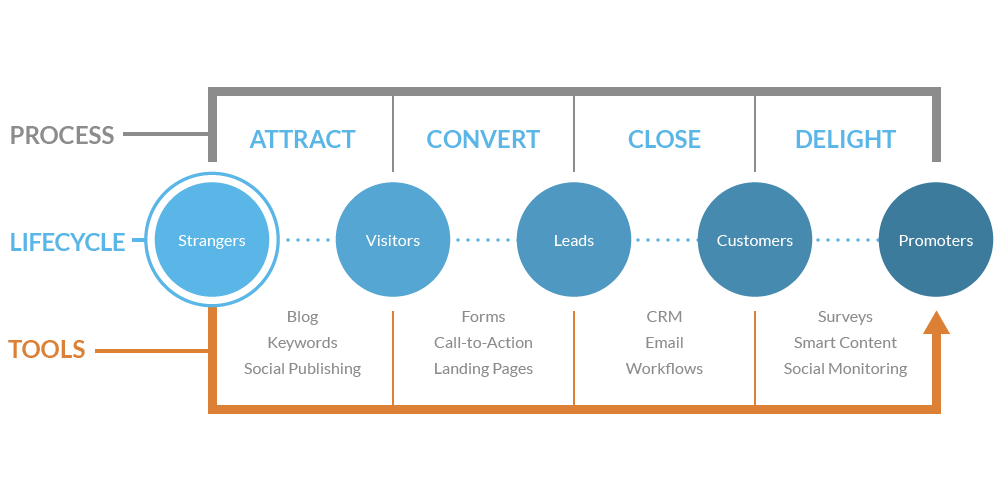Selling to schools with inbound marketing
Selling to schools with inbound marketing
When I was still teaching, I saw educational suppliers as being important partners for the school. The resources we purchased would be actively used by the students and it mattered to me that they were high-quality and well suited to the task at hand. In my experience, most teachers feel the same way.
The educational suppliers that didn't get their resources anywhere near my classroom were the ones who made me feel 'sold to'. Selling to schools isn't about pushing your product into every teachers' hands - it's about finding the school where your product will make a difference to children's lives.
Trust when marketing to schools
Who are your best school-based customers? The ones that you have a strong relationship based on mutual trust. They come to you because they trust you to match the right product. They love it when you get in touch about a new opportunity because they know you wouldn't sell them something they don't need.
How many of those relationships came from a cold email list? How many came from a flyer? Not many.
Fortunately, there's a marketing and sales strategy that is focused on developing relationships and building trust. It's called inbound marketing and it is a powerful way to build trust and improve your sales to schools.
What is inbound marketing?
Inbound marketing is a strategy designed to bring customers to you. Rather than fighting with other marketers to gain your audience's attention, you generate content that your audience will genuinely want to consume. Useful blog posts, instructional videos and downloadable resources that bring people to your website time and again.
When marketing to schools and teachers, inbound marketing might provide lesson plans, assessment tips and teaching resources. This material brings teachers to your website. They share it. They come back.
Importantly, teachers also give you their contact details in exchange for the best of these resources - perhaps a free scheme of work.
How does inbound marketing lead to sales
Teachers might not want to be 'sold to' but you've still got to play the bills! The inbound methodology will turn teachers into customers because you will become their first choice of supplier. This works on a four-stage process:

Your content attracts teachers to your website. Using landing pages, calls-to-action and forms, you convert those visitors into leads. You reach out to these new teacher-leads through email campaigns and automations, which closes those leads to become customers.
Completing the cycle, you work with your customers to delight them and turn them into promoters of your brand.
What does inbound marketing involve?
Inbound marketing involves creating content. Not just any content. Genuinely remarkable blog posts that teachers want to read. Tweets and Facebook posts that make school leaders want to visit your website.
You then need landing pages and forms that provide the information that helps you to identify who would benefit from your product or service. With this information, you can focus on these very warm leads - people who genuinely want to hear from you. In other words, inbound marketing creates the trust-based relationship that teachers want to have with their educational suppliers.
Getting started with inbound marketing
ESM Inbound focuses on creating high-quality inbound marketing campaigns that appeal to schools and teachers. But you can get started on your own with your existing website and email marketing platforms.
Our content includes affiliate links. This means that we may receive a commission if you make a purchase through one of the links on our website. This will be at no cost to you and helps to fund the content creation work on our website.

